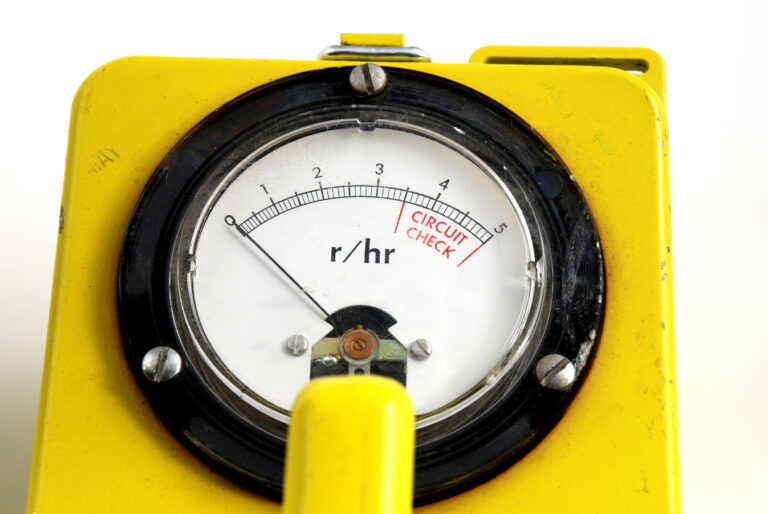Isotope Half-Life
Isotope half-life is a fundamental concept in nuclear physics, relating to the stability of isotopes and their rate of decay. It is defined as the time required for half of the atoms in a given sample of a radioactive isotope to decay. This property is intrinsic to each radioactive isotope and does not depend on external conditions such as temperature, pressure, or chemical state.
Half-life varies significantly between isotopes, ranging from fractions of a second to billions of years. For instance, the half-life of uranium-238 is about 4.5 billion years, making it suitable for dating rocks and Earth’s age. Conversely, some isotopes used in medical imaging, like technetium-99m, have half-lives of only a few hours, ensuring they decay quickly once inside the body, minimising radiation exposure.
Understanding half-life is crucial in various fields, including geology, archaeology, medicine, and nuclear power. In geology and archaeology, the concept of half-life is instrumental in radiometric dating techniques. These methods allow scientists to determine the age of materials, such as rocks, fossils, and artefacts, by measuring the ratio of parent isotopes to daughter isotopes. This ratio changes over time at a rate determined by the half-life of the parent isotope.
In medicine, the knowledge of half-lives of isotopes is applied in both diagnostics and treatment. Radioisotopes with short half-lives are used in diagnostic imaging to visualise specific organs or disease processes without long-term radiation risk to the patient. For example, iodine-131 has a half-life of about 8 days, which is optimal for therapeutic applications like treating thyroid cancer. Still, it requires careful handling and disposal due to its longer half-life compared to diagnostic isotopes.
In the area of nuclear power, understanding the half-life of isotopes is essential for managing nuclear waste, which can remain radioactive for thousands of years. Managing such waste requires strategies that consider these materials’ long-term decay and potential hazards. Safety protocols are designed to isolate high-level waste until its radioactivity falls to safe levels, a process that can take many generations.
The concept of half-life also has profound implications for understanding the natural world. It helps study the dynamics of environmental isotopes, whether naturally occurring or resulting from human activities such as nuclear tests. Tracking these isotopes can provide insights into ecological and climatic changes over time.
In conclusion, the half-life of isotopes is a cornerstone concept in the sciences, providing a crucial understanding of both natural processes and human technological applications. It bridges the gap between microscopic atomic properties and their macroscopic implications for Earth and its inhabitants. Whether in uncovering the past through archaeology, diagnosing diseases, treating cancer, or managing nuclear waste, the role of isotope half-life is indispensable.
You are here:
home » Isotope Half-Life




